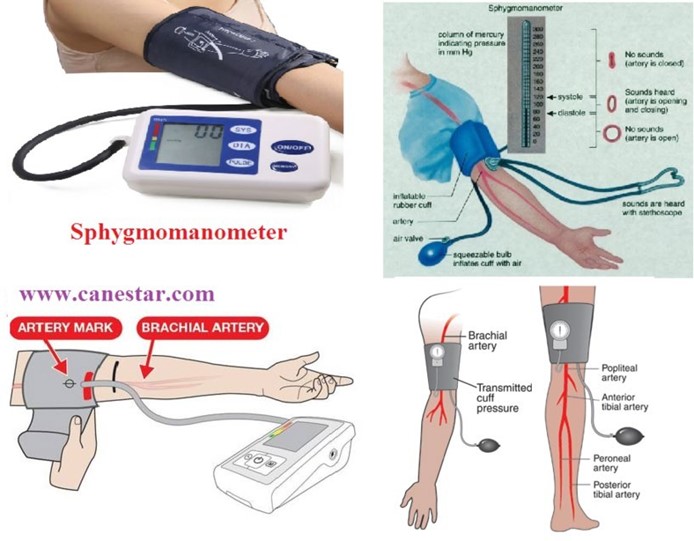A visitor reports to a nurse that she slipped and fell in a client's room. The visitor denies any injury, but is walking with a slight limp. Which of the following actions should the nurse take?
Administer acetaminophen to the client.
Complete an incident report.
Send the visitor to the risk management office.
Document the occurrence in the client's medical record.
The Correct Answer is B
The correct answer is that the nurse should complete an incident report. An incident report is a formal record of an unexpected event that occurred in a healthcare facility. It is important for the nurse to document the details of the visitor's fall, including the date, time, location and any witnesses. This information can be used to identify and address any safety hazards that may have contributed to the fall.
Options a, c and d are not appropriate actions for the nurse to take in this situation. Administering acetaminophen to the client is not relevant to the visitor's fall. Sending the visitor to the risk management office and documenting the occurrence in the client's medical record are not necessary steps in this situation.
Nursing Test Bank
Naxlex Comprehensive Predictor Exams
Related Questions
Correct Answer is A
Explanation
When checking a client's blood pressure, the nurse should use a cuff with a width that is about 60% of the client's arm circumference. This will help to ensure that the cuff fits properly and provides an accurate reading.
Options b, c, and d are not correct. The cuff should be applied over the client's brachial artery, which is located in the antecubital fossa. The client should sit with their arm resting at the level of their heart, not above it. The pressure on the client's arm should be released at a rate of 2 to 3 mm per second, not 5 to 6 mm per second.

Correct Answer is B
Explanation
Crackles in the lungs indicate that the client is experiencing fluid overload. When there is an excess of fluid in the body, it can accumulate in the lungs and cause crackles. The other
a. Fever is not a sign of fluid overload.
c. Bradycardia (a slow heart rate) is not a sign of fluid overload.
d. Flattened neck veins are not a sign of fluid overload; distended neck veins may be a sign of fluid overload.

Whether you are a student looking to ace your exams or a practicing nurse seeking to enhance your expertise , our nursing education contents will empower you with the confidence and competence to make a difference in the lives of patients and become a respected leader in the healthcare field.
Visit Naxlex, invest in your future and unlock endless possibilities with our unparalleled nursing education contents today
Report Wrong Answer on the Current Question
Do you disagree with the answer? If yes, what is your expected answer? Explain.
Kindly be descriptive with the issue you are facing.
